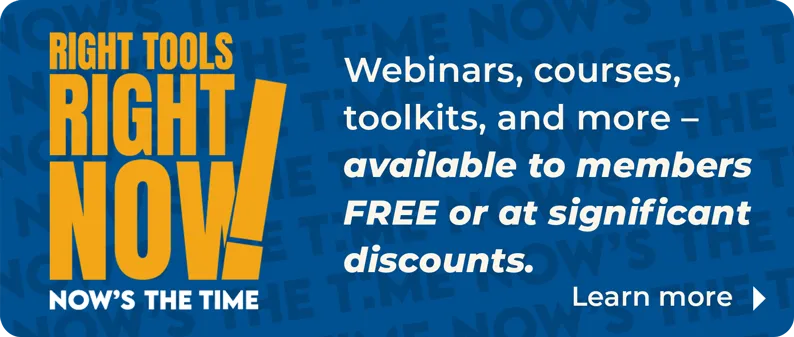1. List all programs, activities, and services of the association. (Refer to the Program Budget Worksheet online at nar.realtor for examples of what should be included.)
2. Have all staff members estimate the number of annual hours spent on each program, activity, or service.
3. Prepare a zero-based line item budget detailing the income and expenses for all programs, activities, and services. The budget should include both an income budget and an expense budget, with income and expenses broken down specifically under each program, activity, or service. Add to the budget overhead costs made up of administrative costs (such as salaries, benefits, travel, computer maintenance, equipment maintenance, postage, telephone, capital items and bank/check charges) and fixed expenses (such as building maintenance, insurance or bonds, mortgage or rent, and tax or license fees).
4. Total the cost of all administrative and fixed costs (not programs) and divide by the total number of staff hours to obtain an average hourly cost per staff member or your overhead cost. Use 2,000 hours as the total number of hours for each full-time staff person (50 weeks per year of 40-hour work weeks). Expect an average hourly cost of $30 to $50. This average hourly cost is the staff cost that you will use in each program's budget.
Don't try to differentiate between highly paid and lower paid employees. For example, an association with three employees would have 6,000 hours of staff time (3 x 2,000 hours) and if the total of all administrative costs and fixed expenses equaled $210,000, the hourly cost would be $210,000/6,000 = $35 per hour.
5. Prepare individual program budget spreadsheets that include the following columns:
a. Program or activity
b. Direct cost
c. Staff hours
d. Staff cost and overhead (number of hours estimated times the hourly staff cost calculated in No.4.)
e. Total cost
f. Income
g. Net profit or loss
6. Total all columns and then add line items for fixed costs, administrative overhead, and nonprogram income and expense. The program budget worksheet should balance with the line item budget. (See example online at nar.realtor.)
7. If you have a LAN (local area network or Intranet), use it to develop a spreadsheet that all employees can access to keep track of the hours they spend each day on various programs and services, as well as non-program activities, such as vacation, sick leave, and staff meetings. This spreadsheet should include all the programs listed in the initial exercise plus any new programs. Create a separate spreadsheet for each employee that automatically tabulates the totals by month and year for every program or activity. Time should be recorded in increments of 15 minutes (.25 hour).
If you don't have a network in your office, you can install separate timesheet spreadsheets on each computer, but this means someone must total the hours under each program at year's end. Start this timesheet exercise at the beginning of each new budget year. In practice, it takes each employee less than two minutes to open and complete the spreadsheet at the end of each day.
8. Using a program analysis worksheet, determine the cost, value, and impact of every new program that's to be added and every program that you think should be deleted. (See the sample worksheet online). This is the best form to help you justify to your directors why a new program should be added or a costly program dropped if it isn't meeting current member needs.
9. Have your finance committee or board of directors prioritize the programs and activities listed on the "program analysis worksheet" to help them make decisions about the next year's budget, what should be added or deleted, and how the programs conform to the association's strategic plan. Only then should the board determine the level of dues and fees for the coming year. The benefit to the members is that every program, activity, or service stands on its own and has been evaluated to conform to member's needs as outlined in the strategic plan.
10. Communicate the summary budget, program budget, and details of all new programs to the membership at large. In simple terms, use these tools to validate decisions and justify what the association is doing to best serve the members.
This set of procedures may seem complex at first, but don't be deterred. Following the steps outlined in this article will ensure that your association adopts valuable new programs, kills off ineffective sacred cows, and shows membership that it's truly accountable for its budget.
RAE
Jim Peters, rce, cae, e-PRO is the Executive Vice President/Chief Executive Officer of the South Carolina Association of Realtors¨. Kristine Rowe, rce, e-PRO, is the Director of Administration & Finances for the South Carolina Association of Realtors¨.








